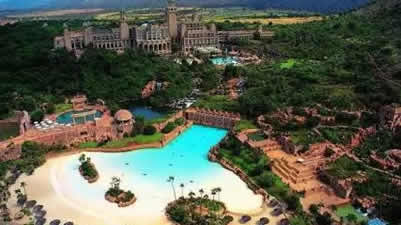

|
|
RUSTENBURG HISTORY AND INFO ON RUSTENBURG IN GAUTENG

http://en.wikipedia.org/wiki/Rustenburg Rustenburg (Afrikaans and Dutch: Town of Rest) is a city of 125.000 inhabitants situated in at the foot of the Magaliesberg mountain range in North West Province of South Africa. History
The town was established in 1851 as an administrative centre for a fertile farming area producing citrus fruit, tobacco, groundnuts, sunflower seeds, maize, wheat and cattle. On 10 February 1859, the Dutch Reformed Church was founded in Rustenburg. Just north-west of the town, the Transvaal President Paul Kruger bought a 5 square kilometre farm in 1863. Among the first residents of Rustenburg were settlers of Indian origin. One of the first families of Indian origin was the Bhyat family, whose contribution to the City's history was marked by the renaming of a major streetname to "Fatima Bhayat Street". The spelling of the surname on the street name is unfortunately incorrect. Fatima Bhyat and husband Abubakr Ahmed Bhyat, the first residents of Indian origin, owned a hardware store that supplied equipment on credit to Paul Kruger for use during the Anglo-Boer War and for which they were later rewarded with in gold Facts
|